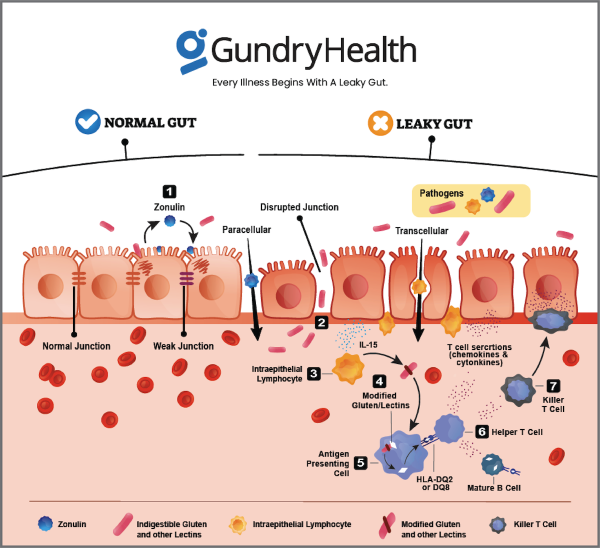5 Proven Methods to Reduce Lectins and Embrace a Healthier Diet
Embarking on a lectin-free diet might seem challenging, especially when faced with the prospect of eliminating staples from your daily meals. However, if complete avoidance is not feasible, there are practical ways to significantly reduce or remove lectins from certain foods. Here are five effective tips to help you navigate the lectin landscape and make informed choices for a healthier lifestyle.
1. Soaking: An Age-Old Technique
Recall the days when your grandparents meticulously rinsed and soaked beans and grains before cooking? Unbeknownst to them, this age-old practice was aimed at reducing lectin content. Soaking these foods can be a simple yet effective method to mitigate lectin levels, making them more tolerable for consumption.
2. Pressure Cooking: A Lectin-Neutralizing Ally
When dealing with lectin-rich foods like beans, tomatoes, or potatoes, a pressure cooker can be your best friend. While it may not eliminate every last lectin, pressure cooking proves effective for certain veggies and legumes. Soak beans, then follow your pressure cooker’s instructions to cook, offering a convenient and lectin-reducing culinary solution.
3. Peel and Deseed: Targeting Lectin Hideouts
High-lectin plant foods, such as cucumbers, eggplant, and squash, can be made more lectin-friendly by peeling and deseeding. The hull, peel, or rind is where lectins concentrate, so a simple act like peeling with a serrated peeler or boiling tomatoes for a brief period can remove these lectin-rich portions. After peeling, cut the fruit in half and use a spoon to scoop out seeds, ensuring a lectin-reduced experience.
4. Fermenting: Harnessing the Power of Fermentation
Fermentation, a process celebrated in the world’s healthiest cultures, allows good bacteria to break down and convert plant foods’ defensive substances, including lectins. While not a complete lectin-elimination strategy, fermenting significantly reduces lectin levels. Consider incorporating fermented foods like tempeh and miso into your diet for a lectin-friendly twist.
5. Go Refined: Making Smart Grain Choices
For those reluctant to part ways with grains, opting for refined versions can be a compromise. If you must indulge, choose refined “white” grains over their whole counterparts. For instance, white rice over brown rice or the healthiest version of white bread you can find. This cautious approach helps minimize lectin exposure while allowing some flexibility in your dietary choices.
In Conclusion: Navigating the Lectin Terrain
While avoiding lectins entirely may pose a challenge, these five practical tips offer a roadmap to reduce lectin intake and foster a healthier diet. Rooted in time-tested methods, these approaches draw inspiration from ancestral wisdom to neutralize potentially harmful plant proteins. By incorporating these strategies, you take a proactive step towards embracing a lectin-conscious lifestyle, contributing to your overall well-being.
Join us at Gundry Health on this journey towards a lectin-free way of eating. Our clinical telehealth expertise in autoimmune disease treatment awaits, empowering you to make informed choices for a healthier, lectin-aware life.







